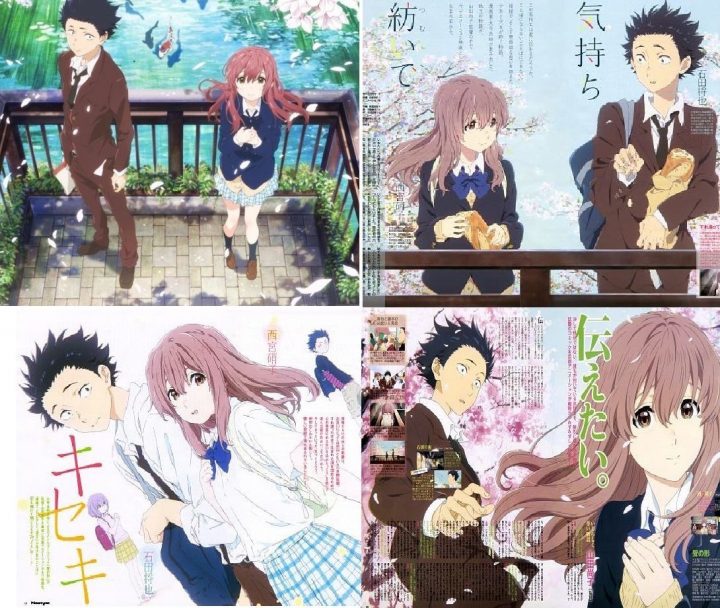-
Love is one of the most common themes in anime
-
Anime often features internal struggle and human dilemma
-
It’s easy to understand and empathize with characters
Life lessons often come from either personal experience or advice from adults. However, these lessons also exist in anime, and can sometimes be more profound and real. People ignore these nuanced details and think that anime is just entertainment, but the most touching teachings of life appear in them.
Love
One of the most common themes of anime is love. Love can be sweet and playful, as in the anime Karakai Jouzu no Takagi-san, where the male protagonist, Nishikata, always tries (unsuccessfully) to trick the girl. The plot peacefully describes the little stories between the two who, while particularly fond of each other, cannot express their feelings directly. By tricking Nishikata, Takagi-san feels like they are getting closer to each other, which is why she does it to him all the time. This anime shows how a little happiness in daily life can also show extreme amounts of love.
On the other hand, love can also be intense and dreadful. The anime Happy Sugar Life explores (with a high degree of melodrama) how one can do anything for love. Sato, a normal high school girl on the outside, is miserable before meeting her true love Shio. However, Shio is an orphan whose brother had been looking for her for his entire life. To keep Shio from being found by her brother, Sato hides all the evidence that Shio is living at her house, dismembering everyone who knows the truth about the situation, including her best friend. Even though this is horrific, Sato still thinks it is worth breaking the rules to save her beloved. But which is more important, doing anything you can to follow your heart or obeying the rules of society?
Ego
There are also anime that describe the internal struggle of humans. Anohana: The Flower We Saw That Day is a sad story that delicately elaborates on how each character deals with his or her own dilemma.
The story starts with a group of sixth graders called the “Peace Busters”. The central idea of the group is to make the world a peaceful place. However, Meiko Honma, also called Menma, died in an accident shortly after the group formed. The other five members all went through different traumas after her death. They all felt at fault for Menma’s death, and the group therefore dissolves. A few years later, one of the members, Jintan, sees Menma’s spirit, and he talks and interacts with her. Menma’s spirit tells Jintan that she had something she wanted to accomplish with all the group members, so Jintan reforms the group. However, only Jintan can see Menma, and the group members are at first skeptical of Jintan. They think the spirit was Jintan’s imagination and all the things he says is due to the trauma that had not left him after Menma’s death. As the story proceeds, all the emotions inside the different members are corrupted, but they manage to overcome their own problems and help Menma accomplish her goal. They themselves also grew after the event.
No one is perfect, and this story successfully shows the negative sides of each character. Some look perfect on the outside but are actually weak inside, and some act like they need protection but end up saving the group in the last, critical moment. None of the characters are perfect, which is why this anime is so appealing and real. Together the characters become a reflection of human society. Also, life flows only one way. Things pass by, and they will be gone and never come back. Menma passed away, but her image stays forever in Jintan until Jintan learns to face himself and walk towards the future. This learning of oneself is what most people in society cannot do. It takes a person’s whole life to understand that facing the true “you” is the hardest but most fulfilling and necessary thing to do.
—
These lessons in anime are sometimes more relevant to us than those adults teach us. Since most anime have plots related to daily lives, it is easier to understand and empathize with the characters. Love, friendship, hate, and dread, among other themes, all implicitly appear and affect the audience as the plot goes on. Anime is not meaningless material for entertainment, but rather a showpiece for important life lessons that most people will have to deal with one day.





0 Comments